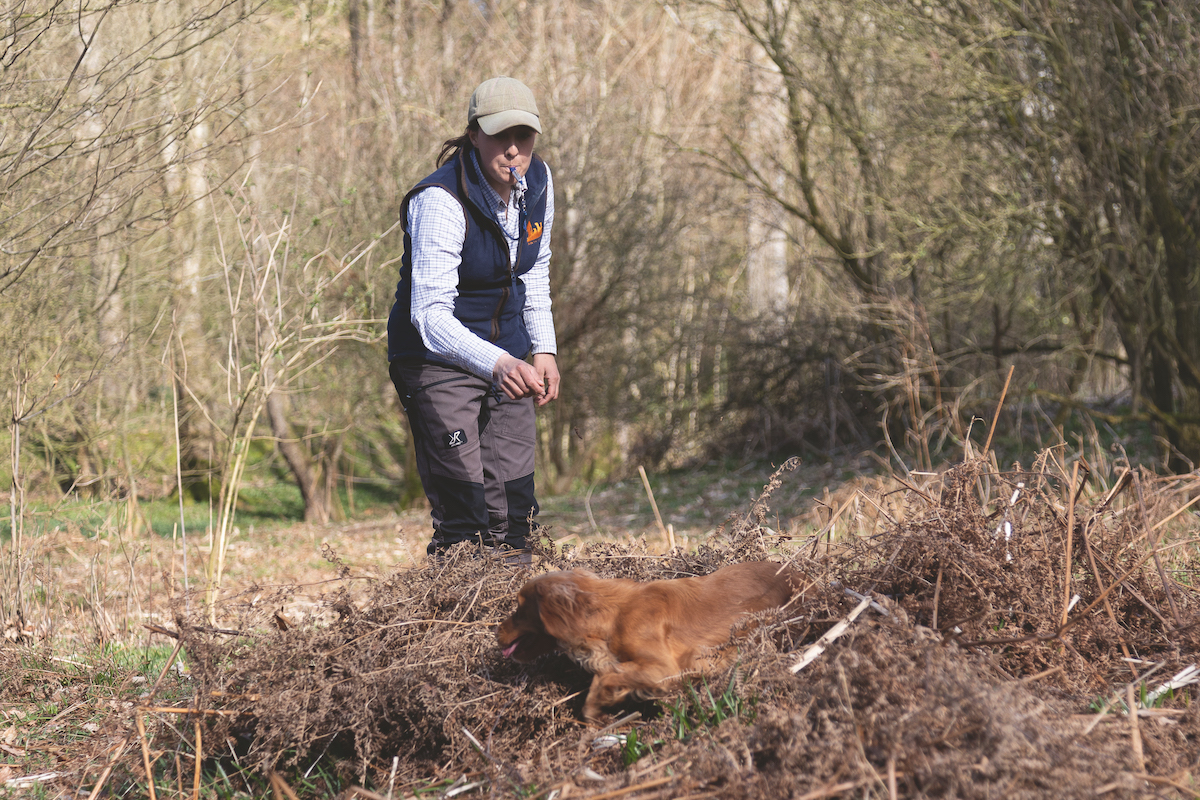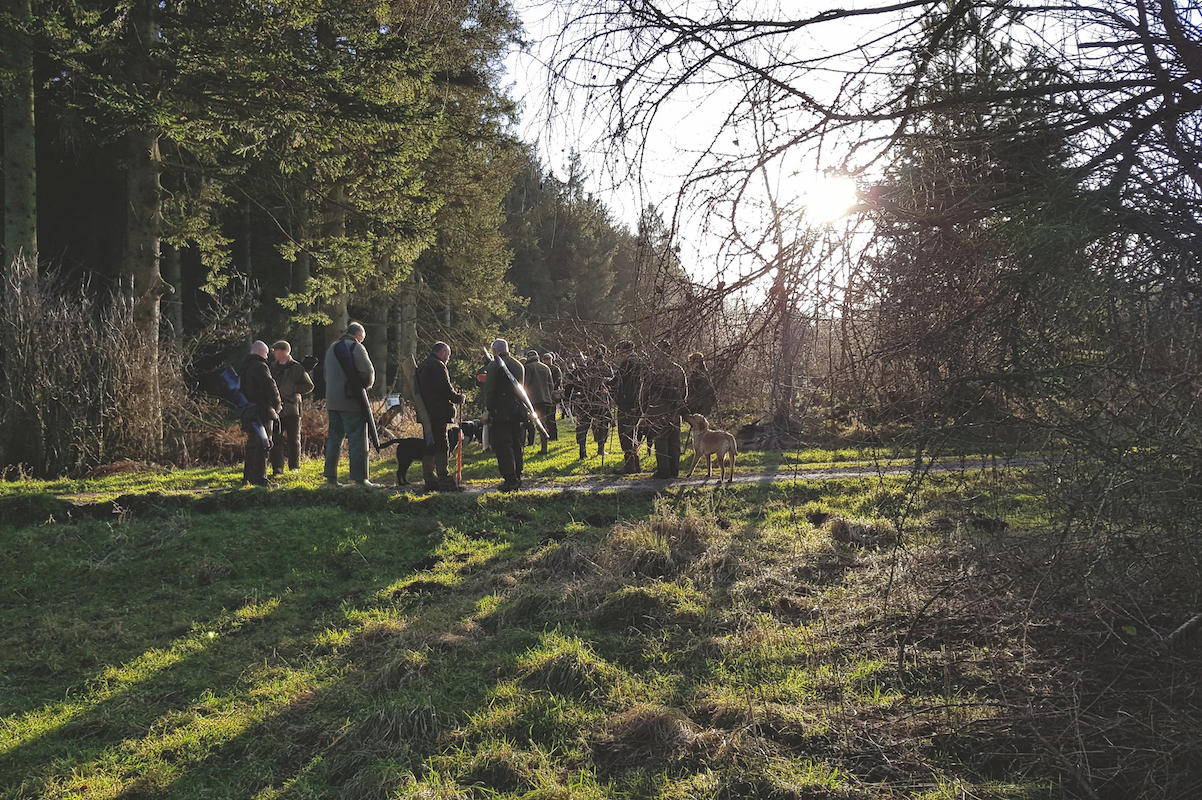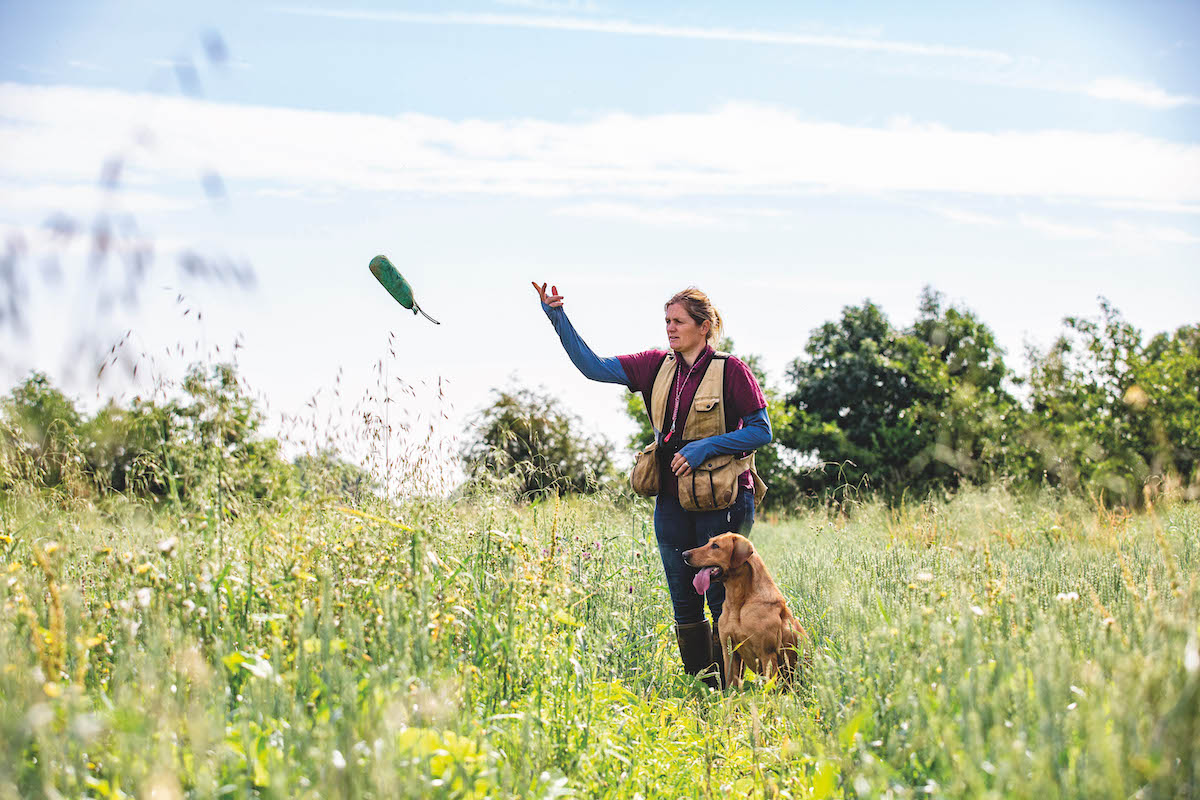What you need to know BEFORE taking your dog onto the shooting field
If you want to take your own dog on to the shooting field, there is an accepted standard: but do you BOTH measure up? asks Tony Jackson

The picker-up enjoys the pleasure of working their own dogs in the knowledge that they are performing an essential role in the day’s sport. Collecting shot birds is vital; even more so is making sure that any wounded birds are immediately gathered and swiftly despatched.
Mutual respect
The relationship between pickers-up and Guns should be one of mutual respect; the picker-up is employed to deal with the shot bag, while the Gun has paid a considerable amount of money to enjoy the sport provided and, of course, without his input the shoot would not exist — beaters, keepers and gundogs would be redundant.
A Gun who has brought their own dog to the shoot might wish to allow the animal to work within reasonable constraints. These are usually considered to be birds that have been dropped in the immediate vicinity of their peg. The Gun should always have the courtesy to ask the host whether it is in order to bring along a dog, given the assumption that it is fully trained and under control.
Gundog etiquette – picking up birds
Many novice handlers aspire to be part of a picking-up team, but few are fully aware of the responsibility that comes…
Picking-up etiquette during a driven game shoot
I have read with great interest in this magazine about how pickers-up are expected to behave when picking-up by guns…
Under control at all times
-
- The etiquette is straightforward. If a Gun wishes to bring their own gundog to a day’s shooting, there are certain basic tenets that should be adhered to. The dog — whether retriever, spaniel or HPR — must be trained to the task and under control at all times.
- In an ideal world, the dog will sit off the lead quietly behind or slightly to one side of its owner.
- It will remain unmoving throughout the drive, despite birds dropping in its vicinity, and will ignore any runners.
- Then, when the whistle or horn sounds for the end of the drive, it will be given permission to pick any birds in the vicinity of the peg.
- Birds will be brought dutifully to hand and the Gun will then either deliver them to the game cart, or leave them at the peg to be collected, while behind him any other birds will have been gathered by a picker-up.
Normally, a Gun’s dog will be attached by its lead to a metal screw driven into the ground — though I have seen a dog attached to its master by its lead, which has all the potential for a serious accident.

Problems can also arise if, at the end of a drive, a Gun’s dog picks a bird, then drops it for another one. This can cause confusion all round and the nearest picker-up to tear their hair out in frustration. I have even seen a Gun’s dog enjoying a tasty pheasant meal at the end of a drive.
There is also the potential problem that can arise on a large shoot when a Gun may have a score or more birds surrounding a peg and, if left to gather them, might delay the shoot programme. In this situation the assistance of a picker-up is essential.
Faith in the priest
Not every bird dropped round a Gun’s peg may be dead. Some will run for cover to be swiftly collected by a picker-up, but one or two retrieved by the Gun’s dog may need to be despatched.
This is where a priest is an essential tool. Every Gun, if employing their own dog for peg birds, should carry a priest and know how to use it.
Key safety in the shooting field
- Safety where the pickers-up are concerned is crucial. Every shoot differs, but where there is steep, hilly ground it is possible that pickers-up will be placed above the Guns, a situation that demands understanding and recognition from both parties.
- According to the layout of the ground some pickers-up may be placed 200 or more yards behind the line, while others may be much closer and should always make their presence known to Guns in front. One respected picker-up makes a point of speaking to the Gun in front before each drive to make certain they know exactly where she is placed.
- The shoot where I pick-up features a great deal of woodland. As a result drives are often from one stand of trees to another, with the team of Guns standing in the open outside the tree line and pickers-up positioned in the woodland behind the team. This, for the first few shoots of the season, until the autumn gales arrive, creates the hazard of leaf cover and, as a result, marking pricked birds or those that fall well behind the line can often present problems.
- Under these circumstances I have found that it is far better to achieve a quick pick-up during the drive while the dogs have marked the falls, rather than to wait till the whistle has blown and both the handler and dogs have forgotten where birds have fallen.
Marking birds
Guns should also mark any birds that they think are pricked. The pickers-up may also have noted these potential runners and seen them drop into cover some way back or, on occasion, suddenly collapse. Guns, in the heat of the action, may sometimes forget to tell the picker-up how many are missing or even note where birds have fallen, sometimes moving on to the next drive before letting a picker-up know what is left to gather.
Every shoot is different in its composition, size of bags and methods of picking-up, but all have one thing in common: the understanding of the parts played by the principal actors: the Guns, the pickers-up and the beaters. Tolerance and understanding is crucial if the day is to be played out to everyone’s satisfaction and enjoyment.










